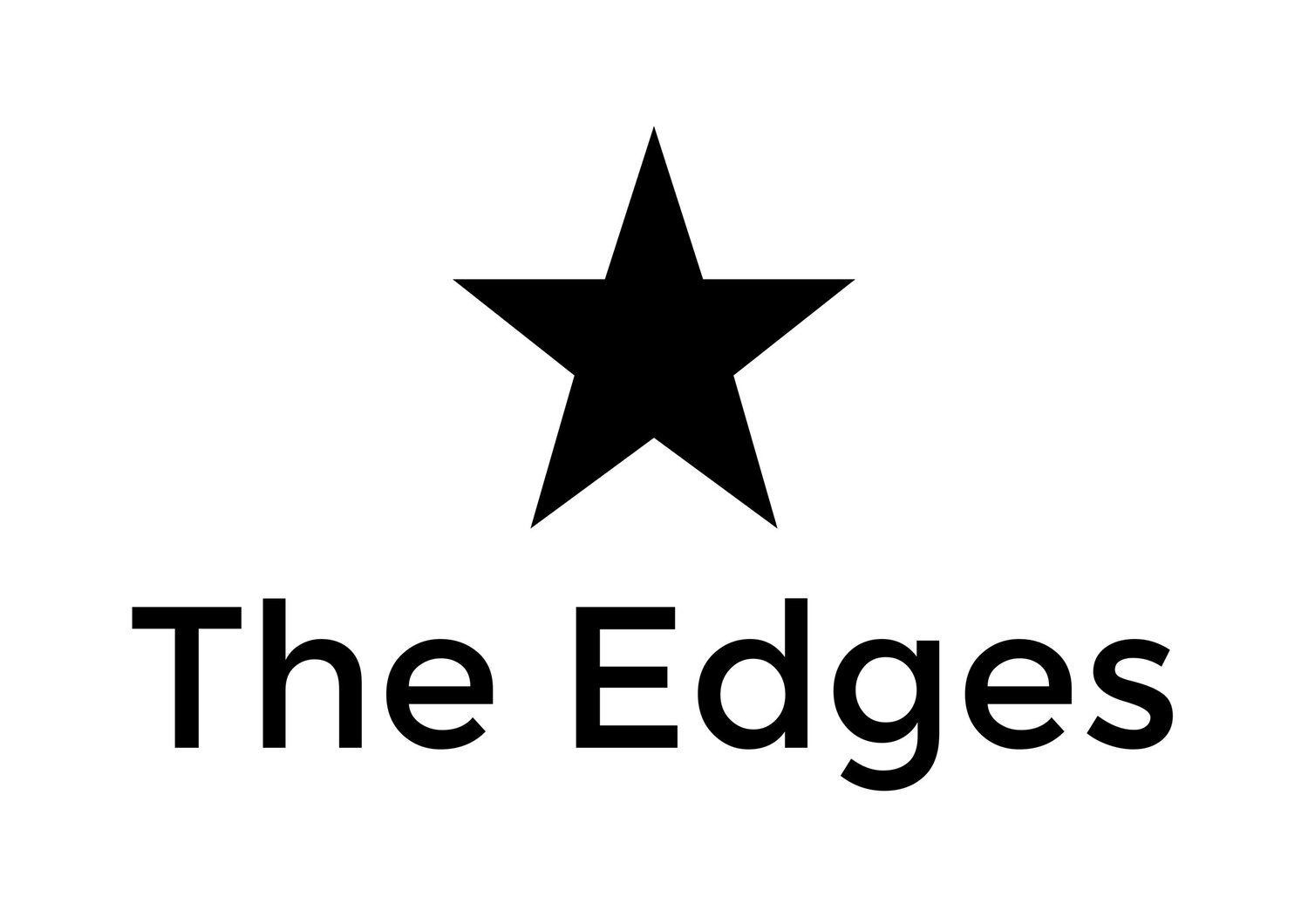How To Find Work as a Creative
Finding work as a creative is tough. In today's world there are myriad ways to "make it" as a creative, it just takes a little, well creativity. In this post, friend of The Edges Jason Locy, founder of Fivestone, shares his insight on what it takes to make it as a creative. Not only do we highly recommend reading this whole piece, but check out the work Fivestone is doing. It's world-changing.
The average millennial stays in her job for 18 months. She moves on to something better, and looks for work that pays well and taps into her desire to make the world a better place. Or, she finds the freedom of freelancing — the joys of being her own boss, setting her own schedule, and turning down jobs that don’t fulfill her inner desires. Gone are the days of working at the same job for 30 years before you retire with a gold Timex and a pension.
This is especially true in the creative space. More and more writers, videographers, and graphic designers are on the hunt for new projects to fill holes in their schedules.
With new attitudes towards work and so many people looking for work, how can creatives stand out?
1. Network Like Picasso
During his lifetime, Picasso produced over 13,000 paintings and about 300 sculptures. Not only was he the most prolific artist ever, but everyone loved Picasso. His charisma drew people to him and his work.
Van Gogh, on the other hand, produced about 900 paintings during his lifetime. Even though his art was brilliant, he repelled people. (Kind of hard to make friends when you cut your ear off.) Van Gogh struggled to sell his art and maintain connections, even those closest to him.
In his book Iconoclast, neuroscientist Gregory Berns notes the differences between the two artists: “Picasso offers pointed lessons on how to shrink the world. Increase the world’s familiarity with you through productivity and exposure.” It turns out, the brain likes familiarity. Studies show that people are more likely to do business with individuals with whom they are already familiar. Because Picasso intentionally increased his exposure and was so prolific in his work, the world’s familiarity with him increased exponentially.
How can you stay in front of people? What networking events can you attend? What social media tools can you use to help? And, if you aren’t a natural connector or networker, then which of your friends are? Can they become advocates for your work?
Photo credit





